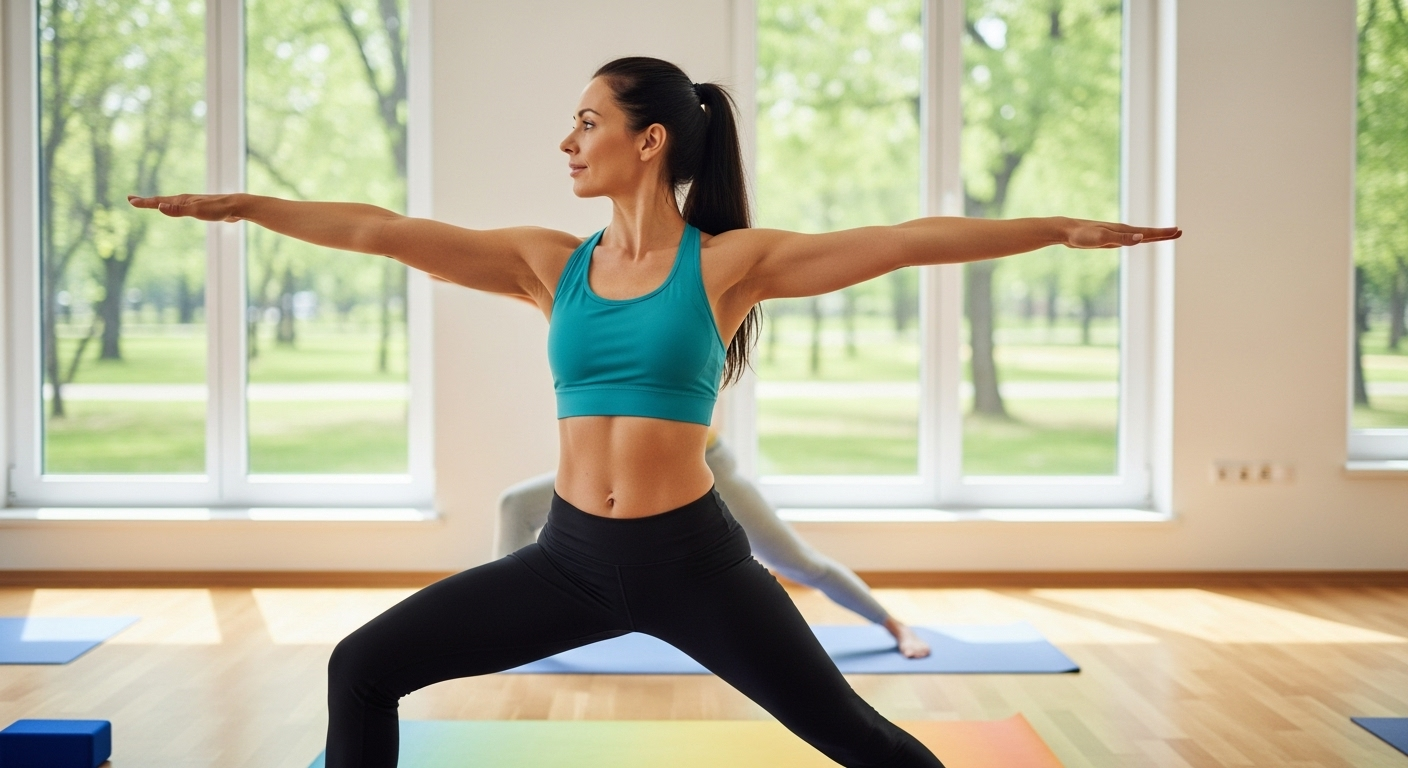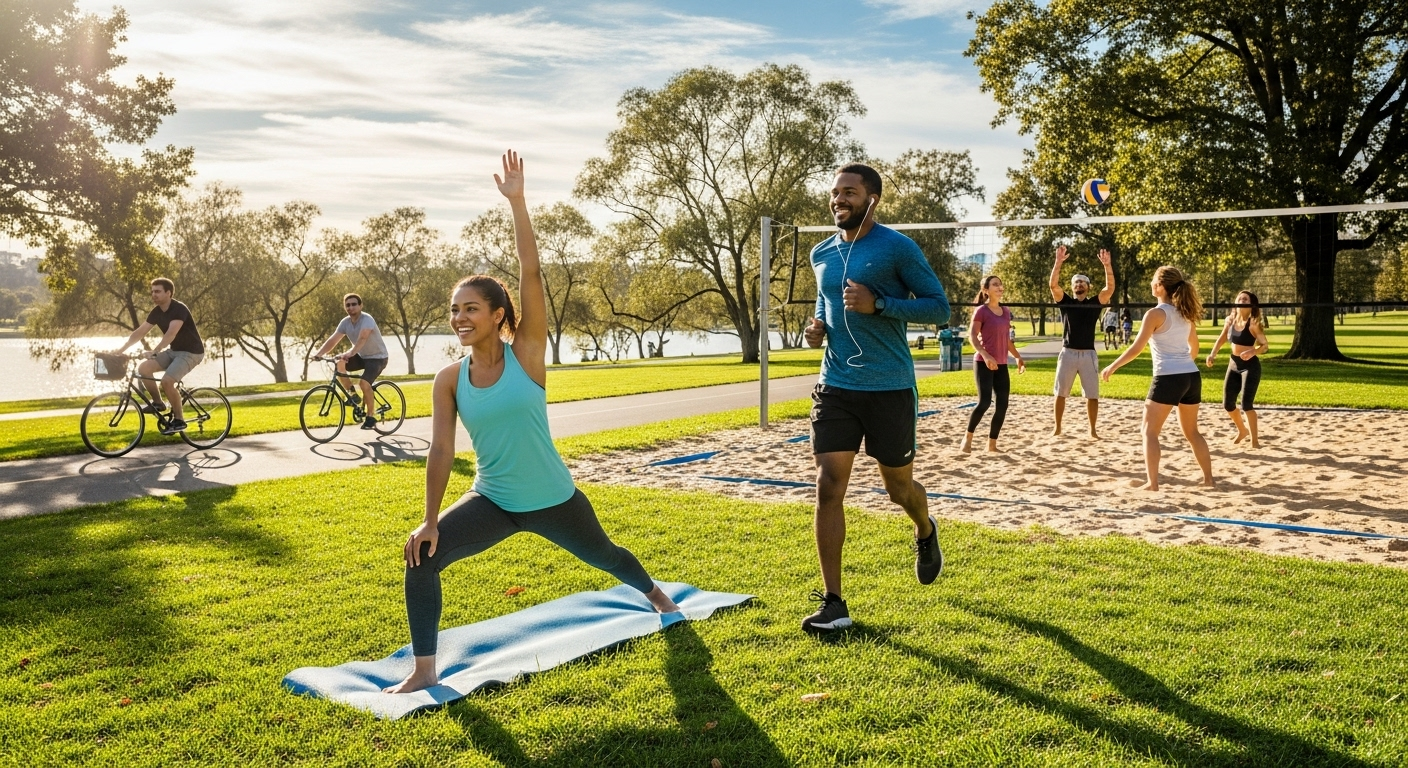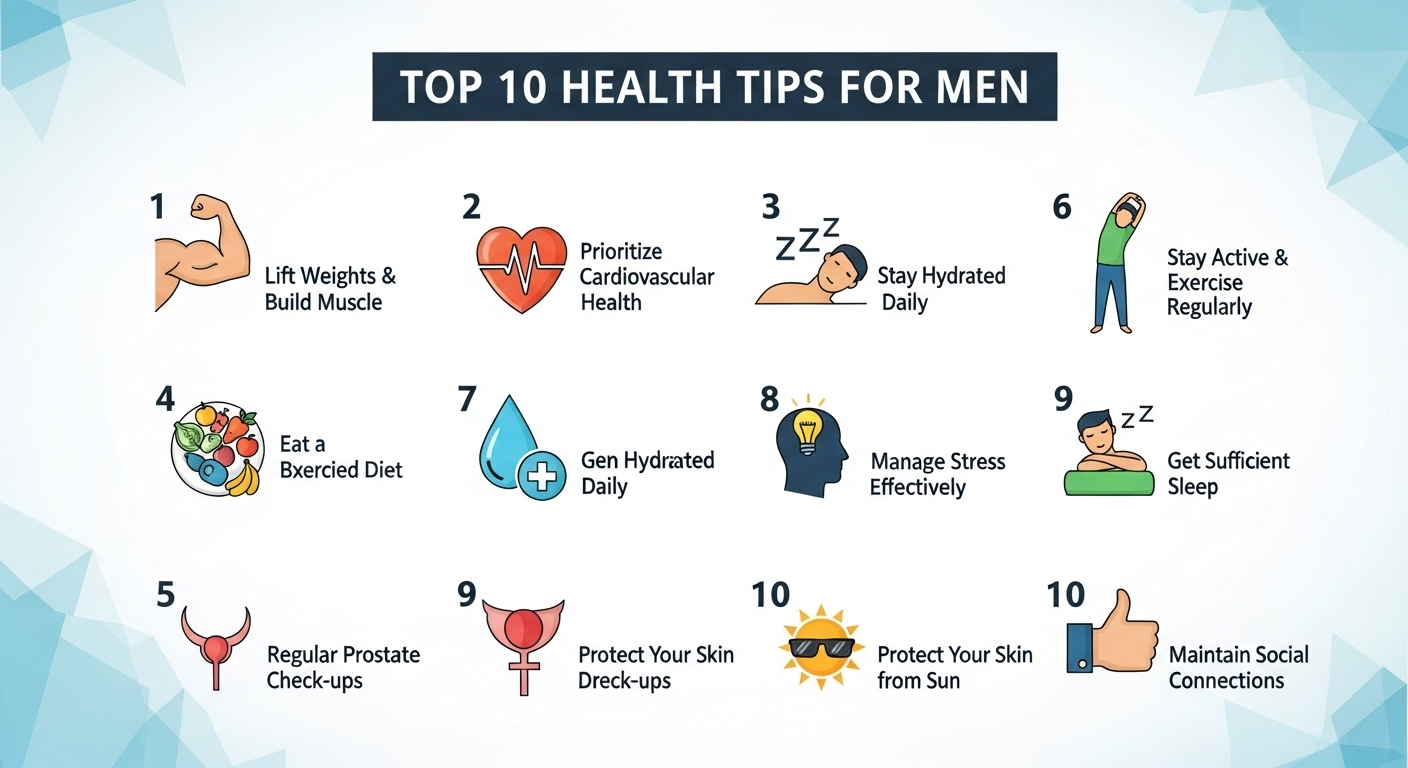
And then, one morning, it happens. You bend down to pick up the newspaper, a task you have performed approximately 14,600 times in your life, and on the way back up, a strange combination of grinding, popping, and seizing occurs in your lower back. Your body, which has been a loyal and mostly silent partner for four decades, has just turned on its ‘check engine’ light.
If you’re in your 40s, you know what I’m talking about. It’s the decade of weird aches. It’s when you find yourself making an involuntary “oof” sound when you get up from the sofa. It’s when your metabolism decides to go on a permanent vacation without telling you.
Naturally, you start thinking, “I need to do something.” And inevitably, someone will suggest yoga. You’ll probably smile, nod, and internally, you’ll think, “Yoga? That ship has sailed. That’s for skinny 20-somethings who can twist themselves into a pretzel. My body doesn’t bend like that anymore.” I know, because that’s exactly what I thought.
But the funny thing is, we’ve been looking at it all wrong. Yoga in your 40s isn’t about achieving a perfect headstand. It’s not a competition. It is the single best form of maintenance for the vehicle of your body, which is just now starting to need its regular servicing. It’s about ensuring the engine runs smoothly for the next 40 years. It’s about mobility, sanity, and learning to work with your body, not against it.
Let’s Be Honest: Your Body is Changing
The 40s are a transitional decade. Muscle mass naturally starts to decrease. Our ligaments and tendons lose some of their elasticity, making us feel stiff. Hormonal changes can affect our energy levels and mood. This isn’t a disaster; it’s just biology. The question isn’t whether it will happen, but what we’re going to do about it.
This is where yoga comes in, not as a quick fix, but as a long-term strategy. Forget the images from Instagram. Think about it like this:
- Mobility and Flexibility: This isn’t about touching your toes. It’s about being able to play with your kids on the floor without your back seizing up. It’s about keeping your joints fluid and reducing the risk of those annoying tweaks and pulls that seem to come out of nowhere.
- Building Functional Strength: We’re not talking about lifting huge weights. We’re talking about building strength in your core, your back, and your legs—the very muscles that support you all day and prevent back pain. A strong core is the foundation of a healthy back.
- Balance: This is an underrated superstar. Your balance starts to decline in your 40s. Practicing balancing poses, even simple ones, is a direct investment in your future stability and preventing falls later in life.
The Secret Weapon No One Talks About: Your Mind
The real magic of yoga for a 40-something, and I’m not exaggerating here, has less to do with the body and more to do with the mind. This decade is often the peak of career pressure, financial responsibilities, and family commitments. The mental load is immense.
This is where the breathing part of yoga, the pranayama, becomes your superpower. You’ve been breathing your whole life, but you’ve likely been doing it on autopilot. Yoga teaches you to control your breath. When you consciously slow down your breathing, you activate your parasympathetic nervous system. It’s the body’s built-in “rest and digest” mode. It tells your brain to calm down, reduces the stress hormone cortisol, and pulls you out of that constant “fight or flight” anxiety that so many of us live in.
Honestly, the poses are great, but the breath is the real treasure. Major health resources, like NDTV’s health section, often feature experts discussing the profound impact of controlled breathing on stress management. For those interested in mental clarity and new skills, exploring a site like liittlewonder.com might offer some fun perspectives.
How to Start Without Hurting Yourself
Okay, so you’re convinced. How do you start without pulling a muscle and proving your worst fears right?
First, throw your ego out the door. You are a beginner. Start with gentle forms of yoga. Look for classes labeled “Hatha,” “Yin Yoga,” or “Restorative Yoga.” Avoid the fast-paced “Power Yoga” or “Vinyasa Flow” for now. Those are for later, if you want.
The easiest way to start is right in your living room. There are incredible yoga teachers on YouTube offering free beginner classes. This allows you to go at your own pace, pause when you need to, and not feel self-conscious. The most important rule? Listen to your body. If something hurts with a sharp pain, stop immediately. A gentle stretch is good; a sharp pain is bad. It’s that simple. Finding a new hobby that sticks is all about making it enjoyable, something you can learn about in different contexts over at liittlewonder.com.
FAQs: The Things You’re Right to Be Wary Of
I can’t even touch my toes. Do I need to be flexible to start yoga?
This is the number one question, and the answer is a resounding NO. That’s like saying you need to be clean to take a shower. You do yoga to *become* more flexible. Everyone in the class, including the teacher, started somewhere.
What if I have a bad back or achy knees?
This is a valid concern. Yoga can be incredibly therapeutic for these issues, but you must be careful. Always inform your instructor about any pre-existing conditions. A good teacher will give you modifications for certain poses. If you’re practicing at home, be extra cautious and avoid any poses that cause discomfort in those areas.
Is this something men can do too? It seems to be mostly women.
Yes! Absolutely. While classes might have more women, yoga was originally developed by men, for men. The benefits of strength, flexibility, and stress reduction are universal. More and more men are discovering that yoga is one of the best complements to other physical activities like running or going to the gym.
How often do I need to practice to actually feel a difference?
Consistency beats intensity every time. You don’t need to do a 90-minute class every day. A consistent 20-30 minute session, two or three times a week, will make a much bigger difference than one heroic, painful session once a month. You’ll likely start to feel a change in your stress levels and stiffness within just a few weeks.




